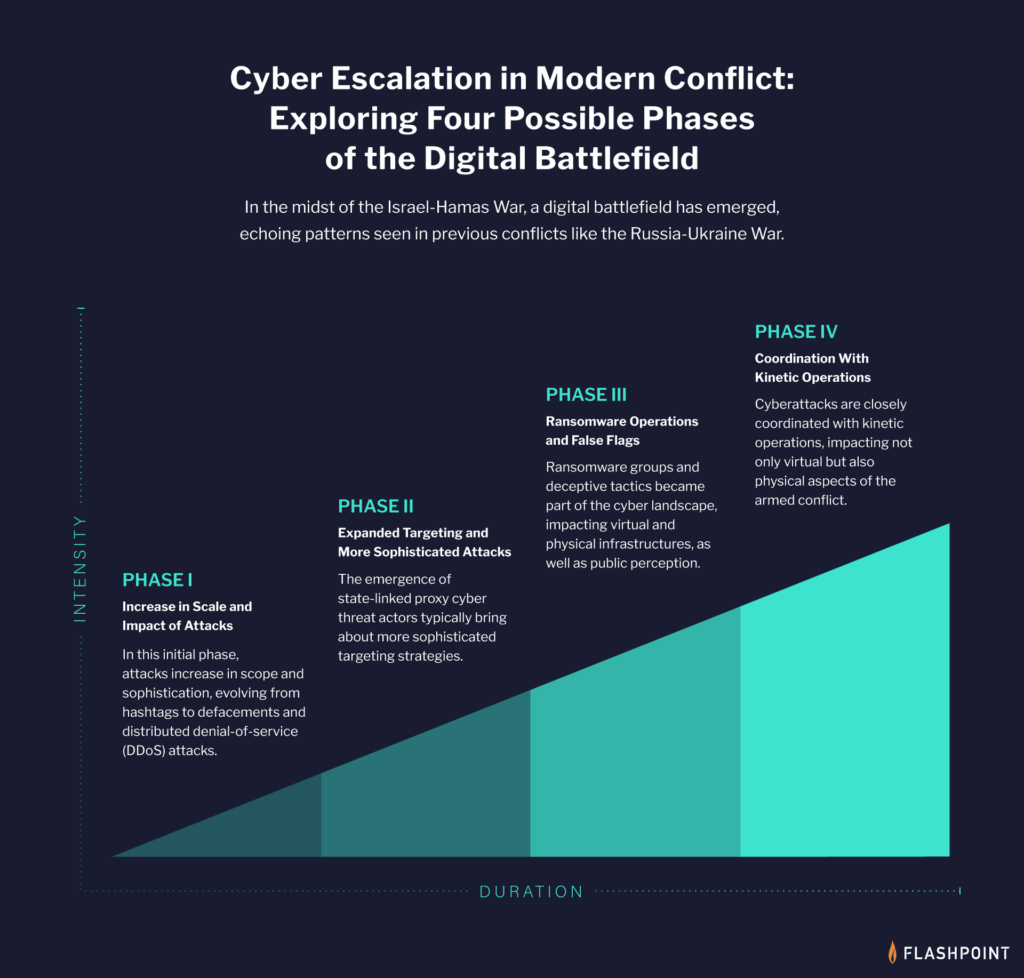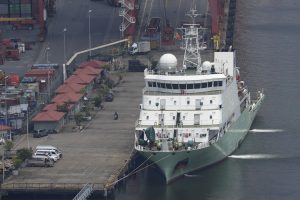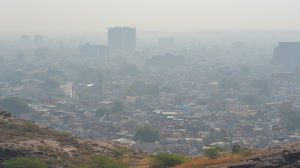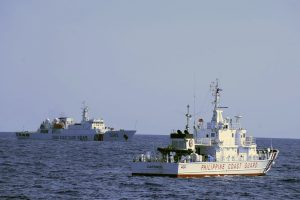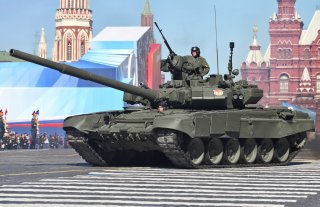SIMA SABET

Following the Oct. 7 attack by Hamas on Israel, scarcely a day passes without news of rocket or drone strikes on American targets in Iraq and Syria. Orchestrated by groups identified as proxies of the Iranian government, these attacks persist despite repeated warnings from American officials.
The challenge posed by Iran’s proxy groups has entangled America for several decades — a challenge yet unresolved due to a lack of a clear strategy to contain the Islamic Republic. So, what is America’s Plan B?
Forty-four years ago, the Islamic Republic solidified its existence by taking American diplomats hostage at the U.S. embassy in Tehran. This “hostage crisis” heralded a “new Iranian challenge” for America. Anti-Americanism has been a formal and steadfast policy of the Islamic Republic, which perceives the United States not as a “rival,” but an “enemy.” Its domestic, regional and overall foreign policy has been guided by this unchangeable principle.
The Islamic Revolutionary Guard Corps (IRGC), especially its extraterritorial wing, the Quds Force, formerly commanded by Qassem Soleimani, has patronized many Islamist groups that have attacked American and its allies’ interests in Iraq and Syria. Hence, we are not merely dealing with ideological enmity; we face an active field enemy that challenges American policies and its allies across the Middle East.
The aim? Complete withdrawal of U.S. forces from the region, weakening America’s allies, and dominating the Middle East.

